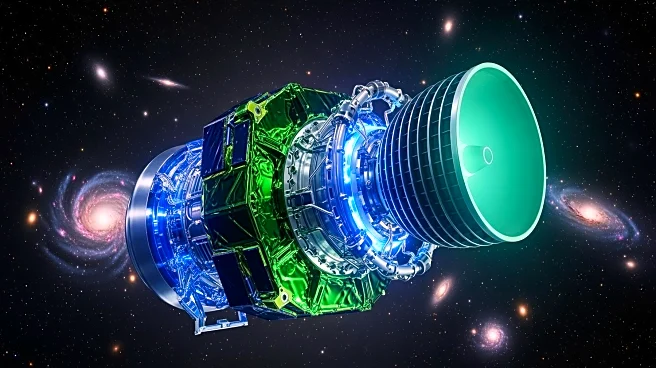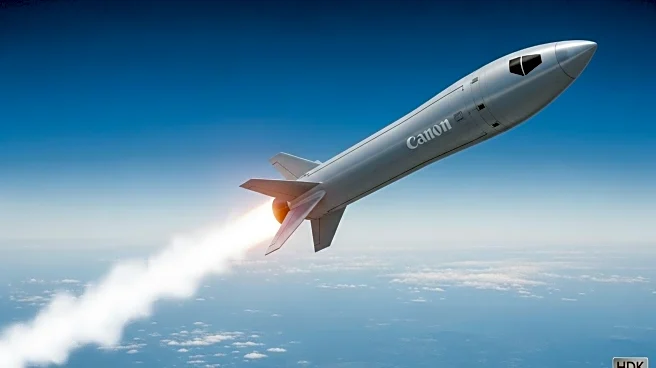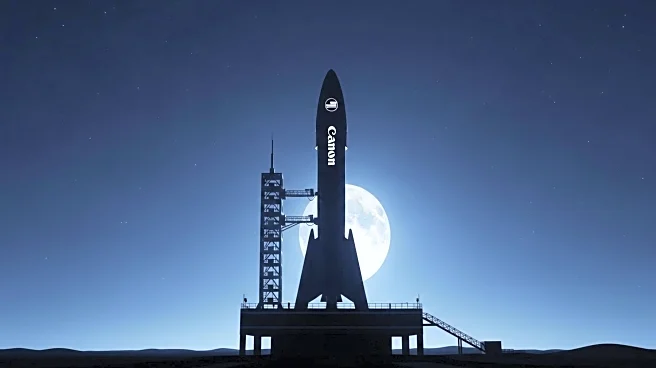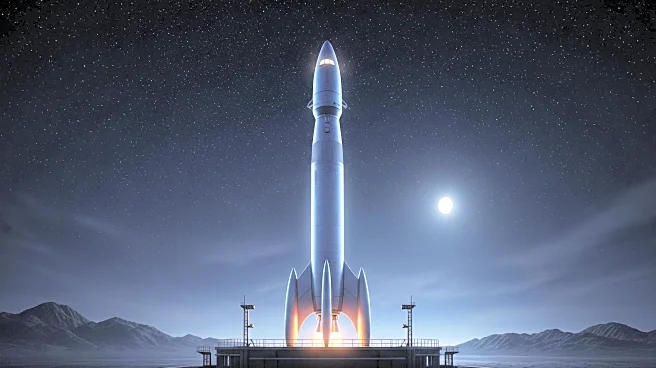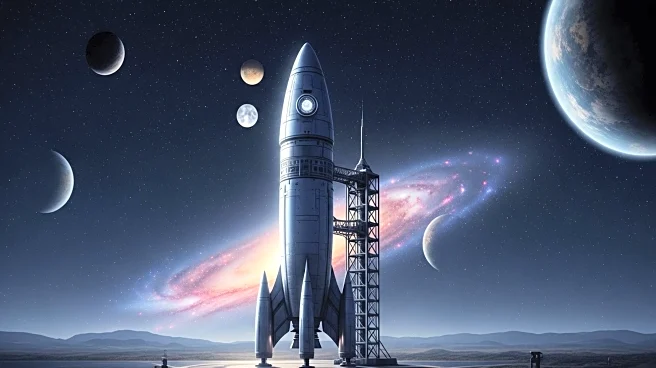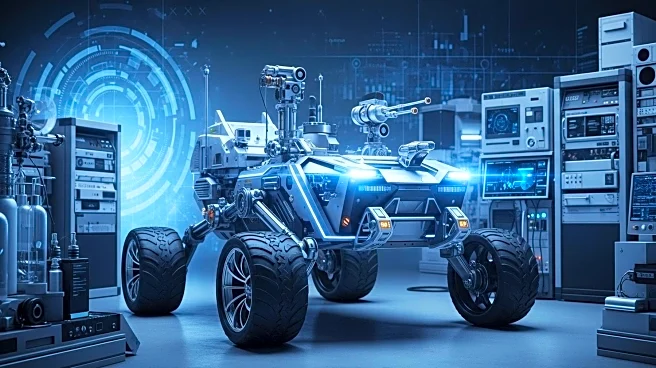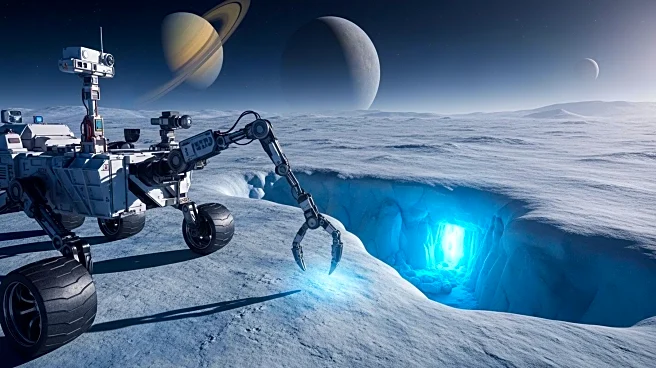What's Happening?
The U.S. space economy is experiencing growth, largely driven by advancements in satellite propulsion technologies. According to Kings Research, the global satellite propulsion systems market is projected
to reach a valuation of $3.78 billion by 2030. Propulsion technology is crucial for maintaining satellite orbits, maneuvering spacecraft, and supporting new generations of small satellites and interplanetary missions. Recent innovations, such as NASA's iodine-based electric propulsion systems, are setting new standards for sustainability and performance. These systems offer a cost-effective and storable alternative to traditional xenon propellants, making them ideal for long-duration missions. The U.S. Department of Defense is actively investing in small satellite propulsion technologies, which are essential for maintaining orbit and enabling autonomous maneuvers in clustered constellations.
Why It's Important?
The advancements in satellite propulsion technology have significant implications for the U.S. space economy and national defense. Electric propulsion systems offer strategic advantages, such as agile satellite maneuvering and precise orbit corrections, which are critical in increasingly crowded orbital environments. The U.S. government's investment in propulsion technology ensures continuous innovation and mitigates risks associated with early-stage research. This creates stable long-term demand for defense contractors and propulsion manufacturers. Furthermore, the growth in the space economy reflects the expanding emphasis on enhancing satellite capabilities for both defense and intelligence applications, which is crucial for maintaining technological leadership and operational efficiency.
What's Next?
The future of satellite propulsion technology is likely to see further integration of additive manufacturing, or 3D printing, which could transform the economics of satellite deployment. In-orbit manufacturing could significantly lower launch mass and improve mission flexibility, allowing for real-time modifications and reducing dependency on Earth-based logistics. This approach aligns with the growing movement toward space sustainability, minimizing waste and optimizing resource use. Additionally, global partnerships between private firms, universities, and national space agencies are expected to foster shared research and innovation, spreading development costs and creating access to emerging markets.
Beyond the Headlines
The propulsion sector offers vast opportunities for innovation and collaboration, with component manufacturers focusing on lightweight materials and modular thruster design. The convergence of hardware and software will define the competitive edge in propulsion technology, with software developers creating algorithms to optimize propulsion performance and fuel consumption. The 18% annual growth projection in small satellite propulsion underscores a rapidly expanding market, offering immense potential for businesses that align with sustainable manufacturing and propulsion design.
